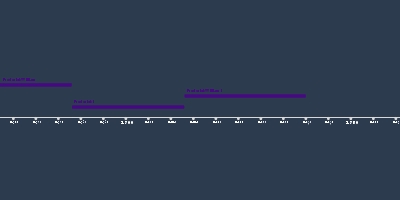1 gen 1848 anni - German Revolution of 1848- 1849
Descrizione:
The uproar in France inspired revolutions in Austria and the German Confederation. Urban workers and students along with middle-class liberals and peasants demanded written constitutions, representative government, and greater civil liberties from authoritarian regimes. Monarchs made quick concessions, traditional forces (monarchy, aristocracy, and army) reasserted their power and the revolutionary coalition broke down.The fall of Louis Philippe, crop failures, and economic crises encouraged liberals in Prussia to press their demands for a constitutional monarchy that had existed since the Napoleonic Wars. When artisans and factory workers rioted in the capital, Berlin, the autocratic yet compassionate Friedrich Wilhelm IV promised a liberal constitution and to merge Prussia into a new national German state.
Urban workers wanted more, while the aristocracy wanted less. Elections were held for a national parliament, but when they met in Frankfurt, they largely only represented the elite. Debates arose about the unification around a Greater Germany, which included German-speaking lands in Austria, or a Lesser Germany, which excluded Austria. The parliament had completed its draft of a liberal constitution and requested Wilhelm IV be emperor of a lesser German nation. However, they had acted too slowly and too timidly. Many popular movements were already crushed and Wilhelm, wanting to be emperor on his own terms, refused. By May 1849, only the most radical members of parliament remained until troops dissolved the assembly.
Wilhelm tried to get small monarchies to elect him as emperor. Austria allied with Russia and forced Prussia to renounce all schemes of unification. The revolution died out and ultimately failed.
Aggiunto al nastro di tempo:
Data:
1 gen 1848 anni
Adesso
~ 177 years ago
